- Learning time
- 10 minutes
- First play time
- 40 minutes
Hunger Games: District 12 Strategy Game
Designed by: Andrew Parks,Bryan Kinsella,Christopher Guild
Tabletop games based on movie franchises are historically, much like their video game counterparts, largely rubbish. But in recent years, the rise in popularity of strategic board games has rubbed off on even the lowly game-of-the-film sector, and a few publishers are producing excellent movie and TV tie-ins, from Game of Thrones to Homeland and Spartacus.
If you buy Hunger Games: District 12 expecting to be facing off against tributes from the other districts in a vicious, blood-thirsty battle to survive, you’ll be massively disappointed. What you have instead is a simple game of resource collection – over fourteen rounds players move around District 12 collecting or trading resource cards of food, fuel, clothing and medicine. At the end of the game, the person with the most resource points wins. In fact, at the very moment one player is chosen to be tribute and join the Hunger Games – the ‘call to adventure’ in the story – the game is over, and that player loses. How can this possibly be fun?
On every few turns, the Capital demands tythes in the form of the resource cards you’ve gathered, and these taxes get heavier each time. If you can’t or don’t want to pay your precious resources (these are points that will win you the game), you can instead simply add cards of your colour to the ‘Glass Ball’, the dreadful tombola from which one unlucky player will be picked to lose at the end. So the game is a simple trade-off – build up the most points, but increase your chances of being brutally removed before your winning score gets totted up.
The guru's verdict
-
Take That!
Take That!
The moment where the unlucky loser is picked from the hat is the highlight of the game - though this could cause upset, the rest of the game is not really competitive enough to get too worried about.
-
Fidget Factor!
Fidget Factor!
Each player does one thing on each round, so the fourteen rounds fly by just quickly enough to not get boring, before the big reveal at the end.
-
Brain Burn!
Brain Burn!
Very little to trouble the brain cells here - even the make up of the Glass Ball is easy to track if you're so inclined.
-
Again Again!
Again Again!
It's a game with one central entertaining idea, which has an element of luck in it anyway, so it's unlikely to become a staple of family games night for years to come. That said, there's something undeniably moreish about navigating the space between points in hand vs chances to get knocked right out of the game.

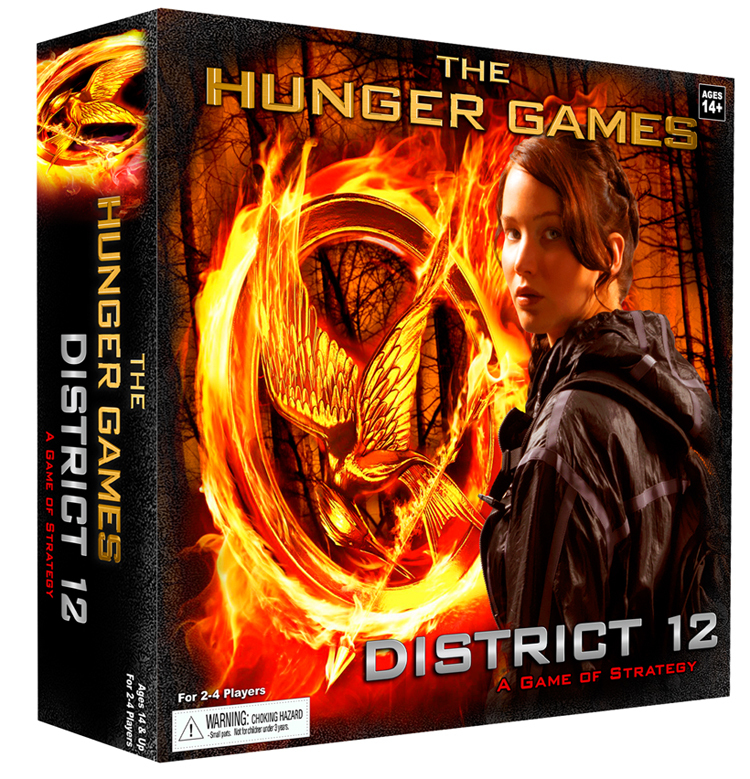
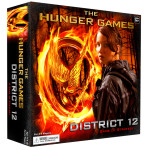
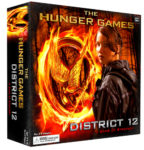


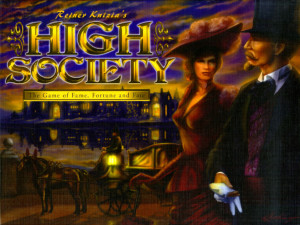

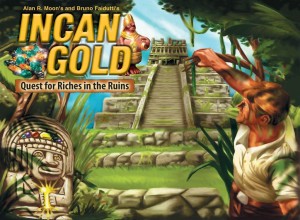

Joe says
The fun of the game is really the moment when the tribute is revealed, and an entire game is just short enough that it doesn't drag too much. The Glass Ball (it's just a stack of cards) is seeded with a card from each player at the beginning, so even if you are a real goody-two-shoes and pay all 10 resource cards, you still have an outside chance of losing. Mind you if this was your strategy you would probably not have saved enough resource points to win anyway, so the brinkmanship is key. This particular mechanic - where one player is knocked out before the winner gets decided from those remaining - is found in other games such as High Society and Hab und Gut, and to be honest, if you're a games fan those will offer a more rounded, satisfying experience. But if you or your children are fans of the Hunger Games franchise, this is likely to be an easier sell than 18th century German stock-trading. The visual presentation of the game is drab to say the least, and the amount of space in the box is a travesty - this could easily have been made as purely a card game - but it is somehow, just, greater than the sum of its parts.